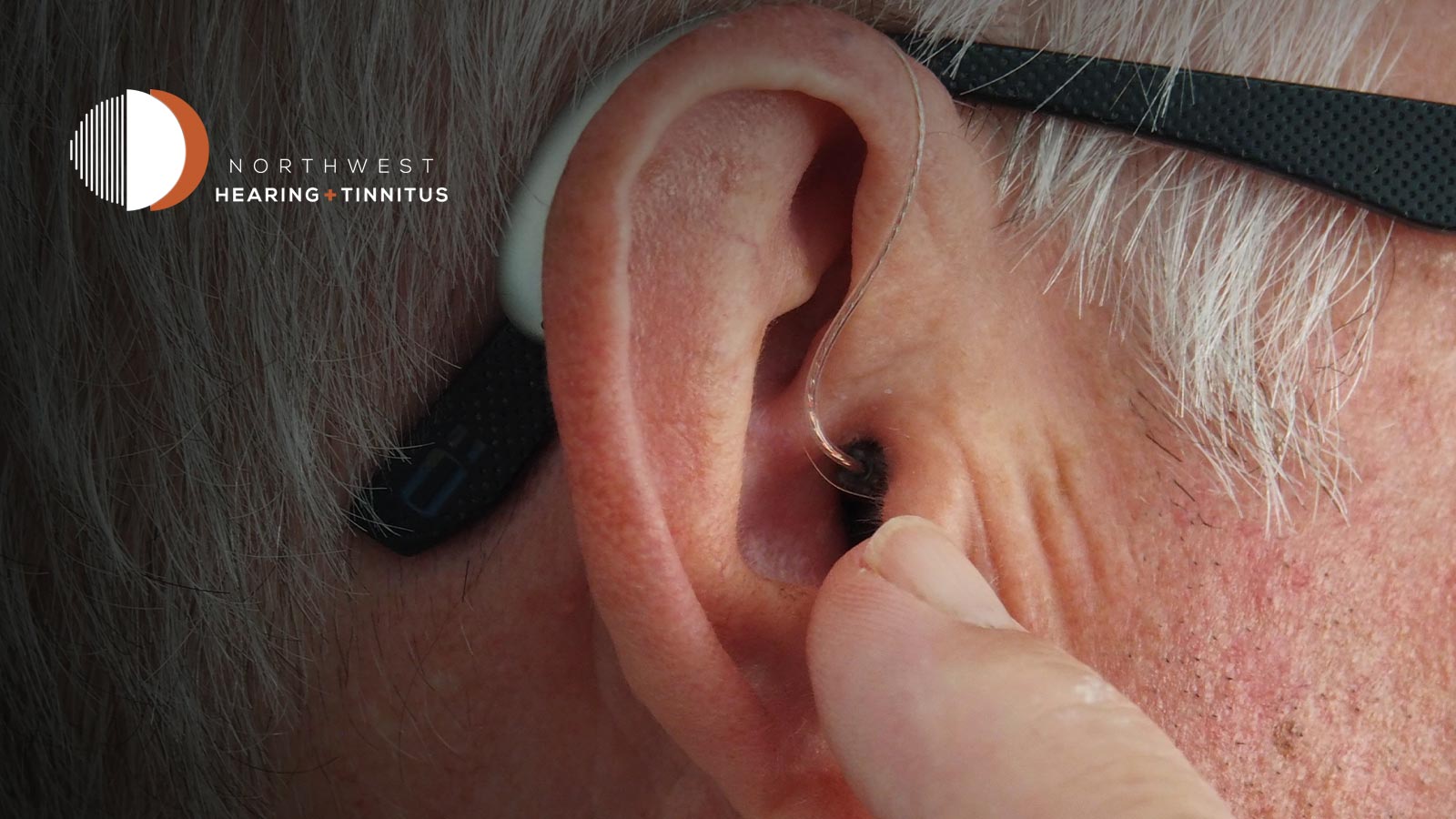3 Hearing Aid Tips

Hearing aids can malfunction occasionally, just like other electronics. If the batteries seem to be depleting too quickly, you’re experiencing unpleasant feedback, or there is no sound at all, you may have a problem that needs to be fixed.
What’s the good news? A little do-it-yourself troubleshooting can go a long way toward getting your devices up and running again. Finding the potential issue is more than half the battle, and the following easy fixes might be the most effective solution.
Feedback or Whistling
The three main components that make up a hearing aid are a microphone that picks up sound, an amplifier that increases the sound, and a receiver that sends the sound to your ear canal. The more advanced the technology, the better it can be tailored to your specific hearing requirements and the more likely it is to have built-in features that automatically adapt to your listening environment and prespecified preferences.
However, you might encounter some feedback if some of the amplified sound travels back from your ear canal to the microphone. The feedback may sound like a squeal, wind-like noise, whistling, high-pitched buzz, or some other sound. Thankfully, a good number of the today‘s devices are designed to reduce the problem.
However, if feedback is received, try the following:
- Ensure that the ear mold or dome on your device is inserted or set correctly.
- Check the volume on your device isn’t too loud.
- Replace the wax filter if necessary.
- Either seek professional help or use safe do-it-yourself techniques to remove any excessive cerumen or earwax buildup.
Weak or Distorted Sound
There may be a few reasons why the sound isn’t being heard as clearly as it should. More often it’s the battery:
- If the hearing aid uses disposable batteries, make sure they are compatible with the device, free of dust and debris, and replaced if they are outdated or possibly not functioning properly.
- Give the device a full charge if it is a rechargeable model. Check your manual for proper procedures first, and then make sure the charger is fully charged.
The problem might be a clogged ear mold, which is easily cleaned. Another possible cause is moisture within the device, which can be eliminated using a hearing aid dryer, a dehumidifier, or a gentle wipe down before allowing it to completely dry.
Depending on the model of hearing aid, a broken receiver wire is another potential cause. However, this would probably need to be repaired by a professional.
There is Absolutely No Sound
Checking that the device is turned on, the battery is installed, and the microphone is not muted may solve the problem of no sound.
Other possible actions:
- If a battery is already installed, try replacing it with a new one.
- Make sure the hearing aid and the charger are both fully charged if the device is rechargeable.
- Follow your device’s instructions to gently clean the ear mold if it is clogged.
You’ll probably need to take the hearing aid in for professional care if the receiver wire has been damaged. During this time, your device can also get a checkup.
Hearing Aid Experts
Do you have questions regarding your hearing aids? Do you have a technology problem that might be too complicated for a do-it-yourself resolution? There may be different solutions for various hearing aid designs, models, and types, and we are happy to assist. So, don’t wait too long. To schedule an appointment or to get answers to your questions, get in touch with our caring team at Northwest Hearing + Tinnitus right away!
